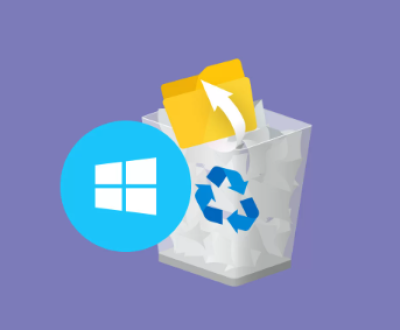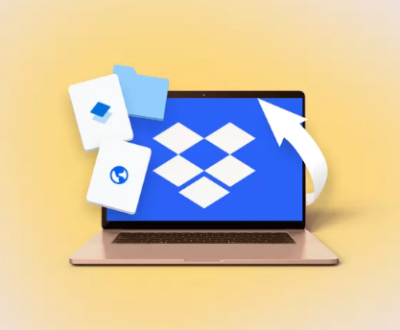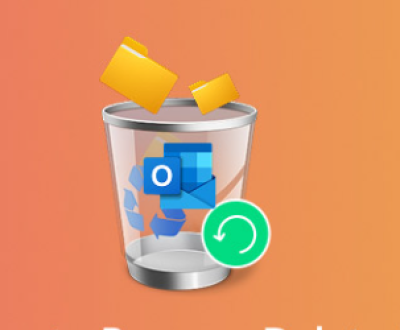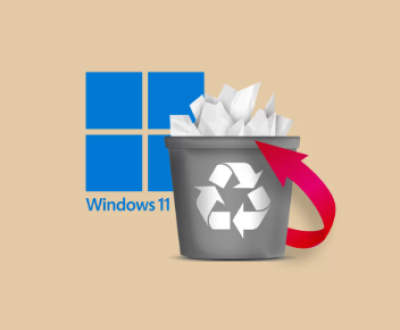Formatting a drive is a useful skill for managing your computer’s storage. Whether you want to clean up a drive for reuse, change its file system, or troubleshoot issues with corrupted data, formatting provides a straightforward solution.
1. Formatting
Formatting a drive is the process of preparing it for data storage by setting up a file system and removing any data from the drive. When you format a drive, you erase all existing data, so it’s important to back up any important files before proceeding.

There are two primary reasons why people format a drive:
Changing the File System: Different drives may use different file systems, such as FAT32. NTFS, or exFAT. Depending on what you plan to do with the drive, you might need to format it with a specific file system.
Erasing Data: When you format a drive, you remove all data from the drive, which can be useful when you want to reuse or sell a drive or troubleshoot corruption issues.
Formatting is often a simple process, but understanding the options and methods available can help ensure the job is done properly.
2. Types of Formatting
There are two types of formatting that can be done on a Windows PC:
Quick Format
Full Format
Here’s what each of these options does:
Quick Format: This type of format erases the file system index, making the drive appear empty, but it does not overwrite the actual data. This is a faster option, but it’s less secure if you plan to sell or dispose of the drive, as data can still be recovered using specialized tools.
Full Format: A full format erases all the data on the drive and also checks for any bad sectors (physical issues with the drive). This option takes longer but is more secure if you want to ensure all your data is erased from the drive.
3. Choosing the Right File System
Before formatting a drive, you’ll need to decide which file system you want to use. The file system determines how the data is stored and accessed on the drive. Here are the most common file systems used in Windows:
NTFS (New Technology File System): This is the default file system for Windows. It supports large file sizes and disk quotas, encryption, and other advanced features. It’s ideal for hard drives and internal storage devices.
FAT32 (File Allocation Table 32): This older file system is widely compatible across many different operating systems and devices. However, it has a file size limit of 4GB, making it less suitable for larger files or modern storage needs. It’s commonly used for flash drives and memory cards.
exFAT (Extended File Allocation Table): This file system is similar to FAT32 but supports larger file sizes and is also compatible with a variety of devices and operating systems, including Windows and macOS. It’s often used for external drives, flash drives, and SD cards.
ReFS (Resilient File System): This file system is mainly used in enterprise environments and is designed to resist data corruption and support large data volumes. It’s typically used on high-end servers and NAS (network-attached storage) systems.
For most users, NTFS is the best choice for internal hard drives, while exFAT is often chosen for external drives and USB flash drives.
4. Backing Up Your Data
Before proceeding with the format, it’s essential to back up your data. Formatting a drive will erase everything on it, so ensure that you have copies of any files you want to keep. This can be done using the following methods:
Cloud Storage: Services like OneDrive, Google Drive, or Dropbox can back up your important files to the cloud.
External Storage: Copy your data to another external hard drive, USB flash drive, or network storage device.
System Backup: Use Windows built-in backup features to create an image or backup of your system.
5. Formatting a Drive Using File Explorer
The easiest way to format a drive in Windows is using File Explorer. This method works for most internal and external drives, including USB flash drives, SD cards, and external hard drives.
Here’s how to format a drive using File Explorer:
Open File Explorer: Press Windows + E to open File Explorer or click on the folder icon in your taskbar.
Locate the Drive: In the left-hand pane, under “This PC,” you’ll see all your connected drives. Right-click the drive you want to format.
Select Format: From the context menu, select the “Format” option. This will open the format dialog box.
Choose Format Options: In the format window, you can choose the following options:
File System: Choose between NTFS, FAT32. or exFAT.
Allocation Unit Size: For most drives, the default setting is fine.
Volume Label: This is the name of the drive that will appear in File Explorer. You can change this if needed.
Quick Format: If you want a quick format, check this box. Otherwise, leave it unchecked for a full format.
Start Formatting: Click “Start” to begin the process. A warning will appear telling you that all data will be erased. If you’re sure, click “OK.”
Wait for Completion: The formatting process may take several minutes, depending on the size of the drive and whether you choose a full or quick format.
6. Formatting a Drive Using Disk Management
For more advanced formatting options, Windows includes a tool called Disk Management. This tool allows you to format drives and manage partitions.
Here’s how to format a drive using Disk Management:
Open Disk Management: Press Windows + X and select “Disk Management” from the menu.
Select the Drive: In the lower pane, you’ll see a list of all connected drives. Right-click the drive you want to format and select “Format.”
Choose Format Options: The format window will appear. You can set the file system, allocation unit size, and volume label as needed.
Quick or Full Format: Select whether you want a quick or full format.
Start the Format: Click “OK” to begin formatting the drive. Wait for the process to finish.
7. Formatting a Drive Using Command Prompt
For those who prefer using the command line, Windows also provides a tool called diskpart, which can be used to format a drive.
Here’s how to format a drive using Command Prompt:
Open Command Prompt as Administrator: Press Windows + X and select “Command Prompt (Admin).”
Enter Diskpart: Type diskpart and press Enter. This will open the disk partitioning utility.
List Available Disks: Type list disk and press Enter. This will display a list of all the drives connected to your computer.
Select the Drive to Format: Type select disk X (where X is the number of the drive you want to format) and press Enter.
Clean the Drive: Type clean and press Enter. This will erase all partitions and data from the drive.
Create a New Partition: Type create partition primary and press Enter.
Select the Partition: Type select partition 1 and press Enter.
Format the Partition: Type format fs=ntfs (or replace “ntfs” with “exfat” or “fat32” if you need a different file system) and press Enter. You can add the quick flag for a quick format (e.g., format fs=ntfs quick).
Assign a Drive Letter: Type assign letter=X (replace X with the desired drive letter) and press Enter.
Exit: Type exit and press Enter to close diskpart.
8. Troubleshooting Common Formatting Issues
Sometimes formatting a drive can encounter issues. Here are some common problems and their solutions:
Drive Won’t Format: If you encounter errors during the formatting process, it could be due to a corrupted file system or bad sectors on the drive. Running a disk check (chkdsk) can sometimes resolve this issue.
Access Denied Errors: If you receive an access denied error while formatting, ensure you have administrative privileges. Right-click on the drive and select “Run as administrator.”
Drive is Write-Protected: If the drive is write-protected, you won’t be able to format it. Try unlocking the drive using the diskpart tool or checking the physical switch on the drive (common on USB flash drives).
9. Formatting Tips and Best Practices
Backup Data: Always back up your data before formatting any drive.
Avoid Overwriting Important Data: If you want to securely erase sensitive information, consider using third-party software that provides military-grade wiping algorithms.
Choose the Right File System: NTFS is the best choice for internal drives, while exFAT is often the best choice for external drives.
Use Full Format for Security: If you’re disposing of a drive or selling it, choose a full format to ensure that your data is fully erased.
About us and this blog
Panda Assistant is built on the latest data recovery algorithms, ensuring that no file is too damaged, too lost, or too corrupted to be recovered.
Request a free quote
We believe that data recovery shouldn’t be a daunting task. That’s why we’ve designed Panda Assistant to be as easy to use as it is powerful. With a few clicks, you can initiate a scan, preview recoverable files, and restore your data all within a matter of minutes.

 Try lt Free
Try lt Free Recovery success rate of up to
Recovery success rate of up to









